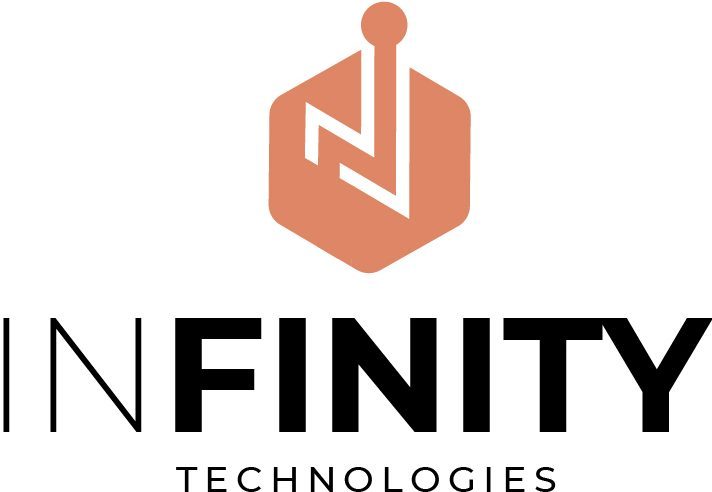The connected world of today has increased access to more information at higher speeds. Wireless networking enabled these processes to be even more efficient. It made IT administrators able to add additional storage capacity or computing power as well as other features at the touch of a button.
Consider autonomous vehicles for just a second. There’s a lot that one must react to while driving. This is the reason distracted drivers, as well as drivers under the influence, can be dangerous for both those who are inside and outside the vehicle. The idea of a vehicle operating in a car without any driver was an idea that was unimaginable to anyone in the world. Although it’s a fantastic concept in the present, consider the requirements for this technology to work. The vehicle would have to be equipped with an inbuilt GPS, which not only informs the car when it is time to turn but helps it turn. It must be able to detect and be aware of everything around it, from speed limits to weather, pedestrians, other vehicles, and other objects such as telephone poles and potholes. In order for the autonomous vehicle to be effective, it requires quick capabilities to recognize it, analyze it, and make an important, life-altering choice without delays.
Edge computing is designed to improve capabilities that are driven by data, making information collection pro, cessing, and reporting as close to the user as possible. It can be used in the data center of an enterprise as well as in a home, health care sma, rt cities, and even in the middle of the ocean.
Speed and Latency
The longer it takes to analyze data, the less useful it will be. In the case of an autonomous vehicle, the time of processing is crucial, and the vast majority of data it acquires and needs is ineffective within a few seconds. Milliseconds are important, particularly when driving on busy roads. Milliseconds are important for modern factories, where intelligent systems continuously check every aspect of the manufacturing process in order to ensure that data is consistent. In a lot of instances, there’s no time to move data between the cloud. Events like malfunctioning equipment and dangerous incidents necessitate immediate evaluation of the data. Limiting data analysis to the area where it’s created reduces the possibility of latency, which leads to quicker responses. This helps make your data more useful and useful, as well as practical. Edge computing also decreases the overall traffic load of your entire enterprise, which enhances the performance of the entirety of your applications and services for the enterprise.
Security
If all your data has to be fed into its cloud analyzer via one pipeline, the vital operations and operational processes that depend on actionable data are susceptible. This means that one DDoS attack could disrupt all functions of multinational companies. If you spread your tools for analyzing data across your enterprise, this means you apply the risk. Although edge computing can indeed increase the attack surface of potential hackers, it also reduces the risk to the overall organization. Another fundamental truth is when you transmit less data, you have less information that is taken over. The growth in smartphones has made businesses more prone to attack because the devices of companies are now not within the firewall’s perimeter that is protected by the company. If data is processed locally, it is secured by the security layer of the enterprise on-premises. Edge computing can also help companies deal with the challenges of local privacy and compliance and also the problem of sovereignty of data.
Cost Savings
Because all data isn’t identical and doesn’t provide exact value, how does anyone justify investing the same sum for all the data when it comes to transportation or managing and protecting it? While some information is crucial to your business, others are almost worthless. Edge computing lets you classify your data from a management standpoint. By keeping as much data within your edge locations, you’ll be able to reduce the need for expensive connectivity to all your sites, and this can be converted into dollars. Edge computing doesn’t aim to eliminate the necessity for cloud computing but rather improve the transfer of data to help you maximize your operational costs. Edge computing can also help decrease some levels of redundancy in data. Data created at the edge has to be kept there at least for a short period. When it is transferred to the cloud, it will need to be stored again, which creates levels of redundant storage. When you eliminate redundant storage by reducing redundant storage, you decrease the amount of redundant costs.
Greater Reliability
The world of IoT encompasses some very remote areas that comprise poor and rural environments with regard to internet connectivity. If edge devices are able to manage and store the information locally, it enhances the quality of service. Micro data centers built with prefabricated components can be used today in virtually any setting. So, any disruptions in connectivity intermittently won’t affect the operation of smart devices just because they lose connection with the cloud. Additionally, every website has an inherent limit on the quantity of information that is transferred simultaneously. Although bandwidth requirements for your site aren’t being tested at the moment, the rapid growth of generated data will make bandwidth infrastructure reach its limit in the near future for many companies.
Scalability
Though the idea of edge computing giving an advantage of scalability might seem contradictory to popular theory’, it’s actually quite sensible, even in cloud computing systems that require data to be sent to a centrally-located data center in most instances. The expansion or simply the modification of dedicated data centers is a costly option. Additionally, IoT devices can be placed along with the data processing and management tools on the edge of the data center in one installation instead of waiting for the coordination of efforts by personnel at different locations.




